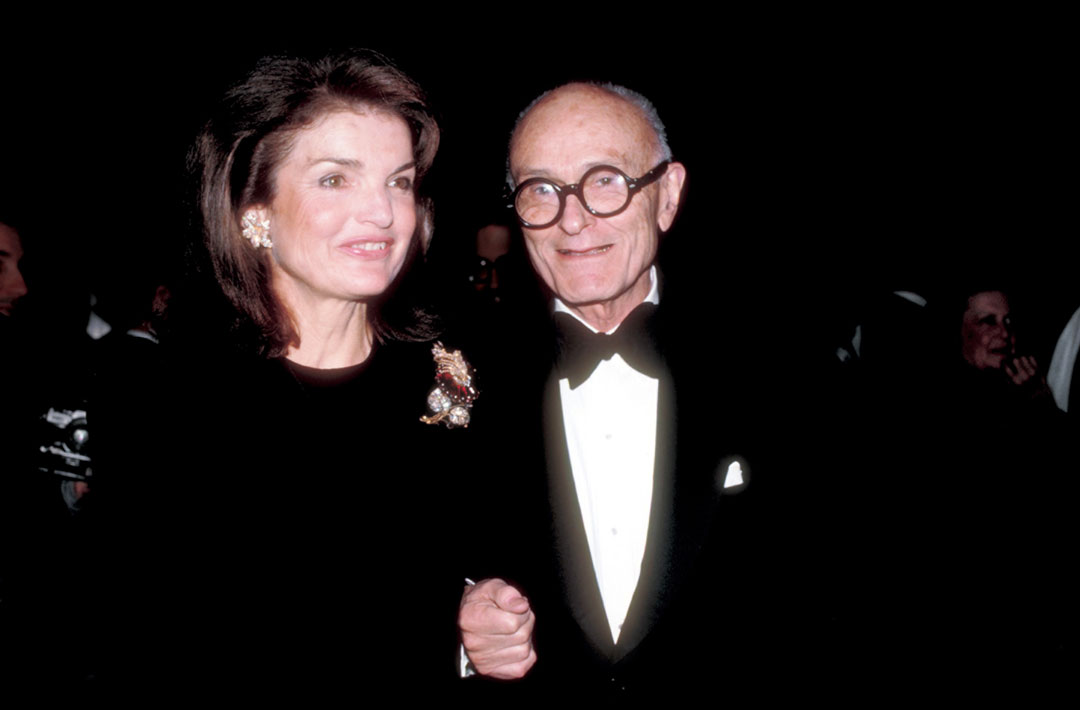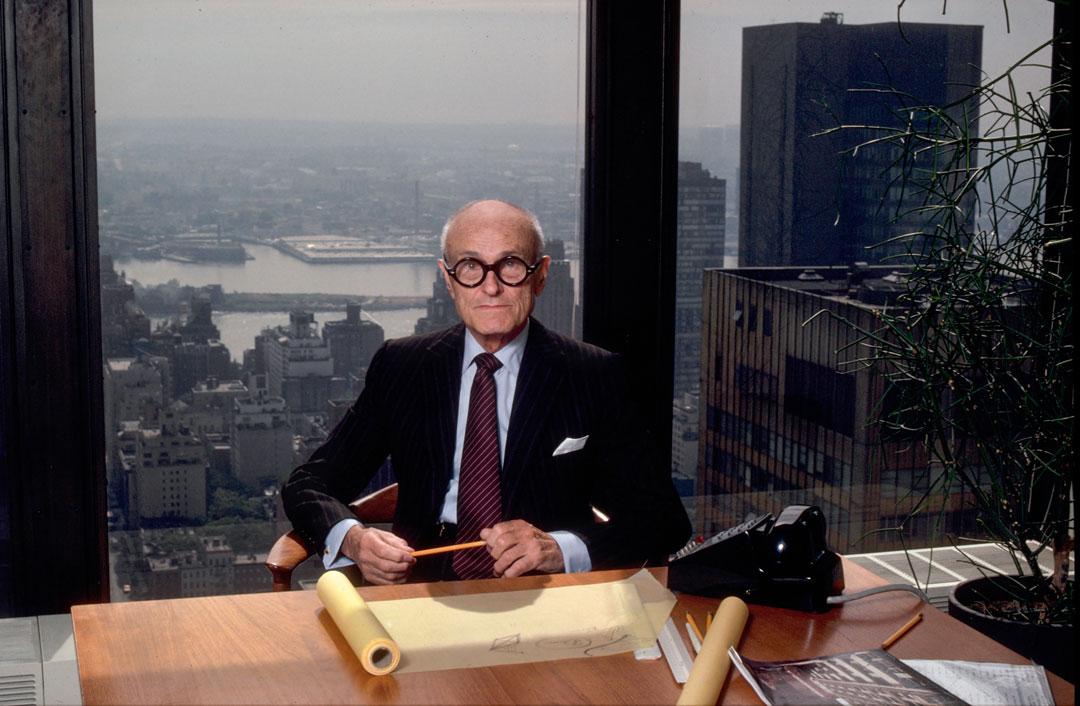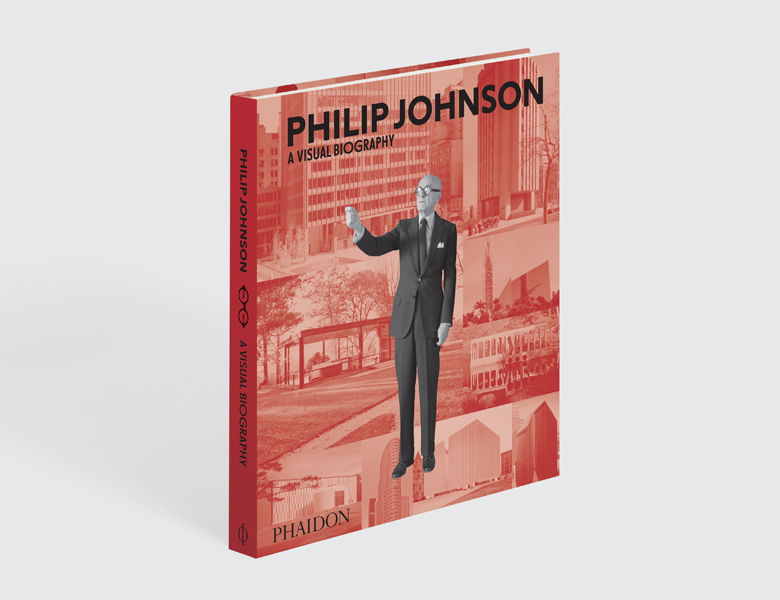
Philip Johnson and Friends: Jackie O
JFK's widow was a great friend of the architect but what was the key work of his that she never visited - and why?
Philip Johnson was perhaps the most important figure within 20th century American architecture, not only thanks to his design skills, but also due to his incredible social contacts.
“Like no other architect of his time—or any other—Johnson operated as a hierophant for new thinking and new trends, both within his own profession and in adjacent creative fields,” writes Ian Volner in our new book, Philip Johnson: A Visual Biography. “He did this through a combination of tactics: through correspondence (with everyone from Sibyl Moholy-Nagy to Donald Trump), through friendships (with Jacqueline Kennedy Onassis, Andy Warhol, Nelson Rockefeller, and many others), and through the judicious acquisition and donation of artworks, helping to further the careers of generations of artists beginning with Paul Klee in the 1930s and continuing straight through to Keith Haring in the 1980s.
“Whatever ineffable qualities of charm and persuasion he doubtless possessed, Johnson’s influence over individuals and institutions was made possible through bequests, written appeals, public appearances, and newspaper coverage.”

While some of that press attention came from architectural publications, the lifestyle supplements also played their role, explains Volner. "Especially beginning in the 1960s, with Philip’s reputation as an architect firmly established, the locus of his fame shifted from the society pages (already rather outmoded) to the front pages of glossy magazines,” Volner writes. “In addition to the old-money, art-collecting crowd with whom he’d long mingled, Philip could now count Jacqueline Kennedy Onassis, New York mayor John Lindsay, and author Arthur M. Schlesinger among his regular associates.”
Perhaps the most famous of those figures was Kennedy Onassis, known colloquially as Jackie O. The First Lady and widow of President John F Kennedy moved to New York in 1970, and, having taken a strong interest restoration works while in Washington, campaigned for architectural preservation once in NYC.
Our book reproduces images of Johnson alongside Jackie O, calling for the preservation of a diverse array of buildings, including the Beaux Art-style Grand Central Station and the modernist Lever House office block, both of which are still standing.

Perhaps those words really didn’t harm Johnson, yet there was one potential source of discomfort in his association with JKF’s widow, as Volner notes. “What might have been Philip’s most important public commission —a memorial for John F. Kennedy near the site of his assassination— proved to be among his least successful endeavors.”
In 1984, the Dallas historian A.C. Greene wrote, “the memorial doesn’t say enough to the visitor. It is stark and barren of emotion.” Maybe Johnson could have weathered that criticism, but, as Volner notes, “Despite his personal friendship with the president’s widow, Jackie never visited.”
To see more images of Johnson and his famous friends, as well as his famous buildings, order a copy of Philip Johnson: A Visual Biography here.